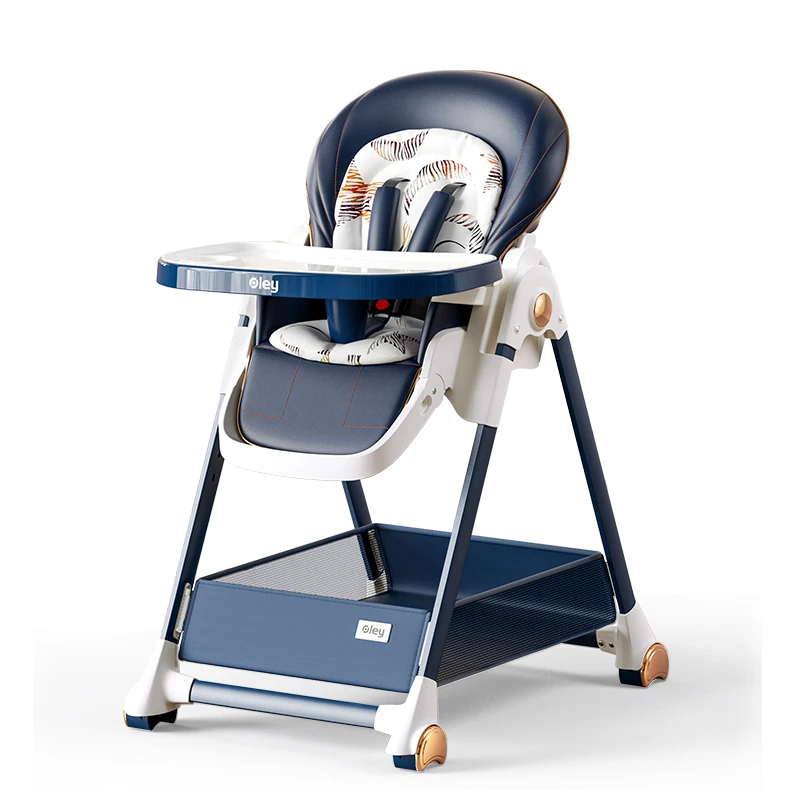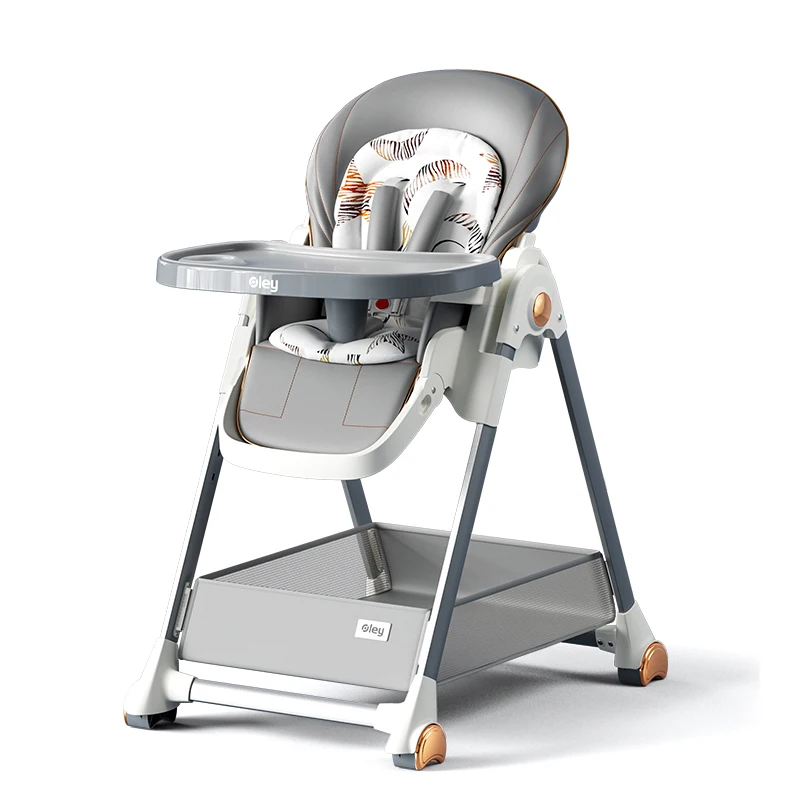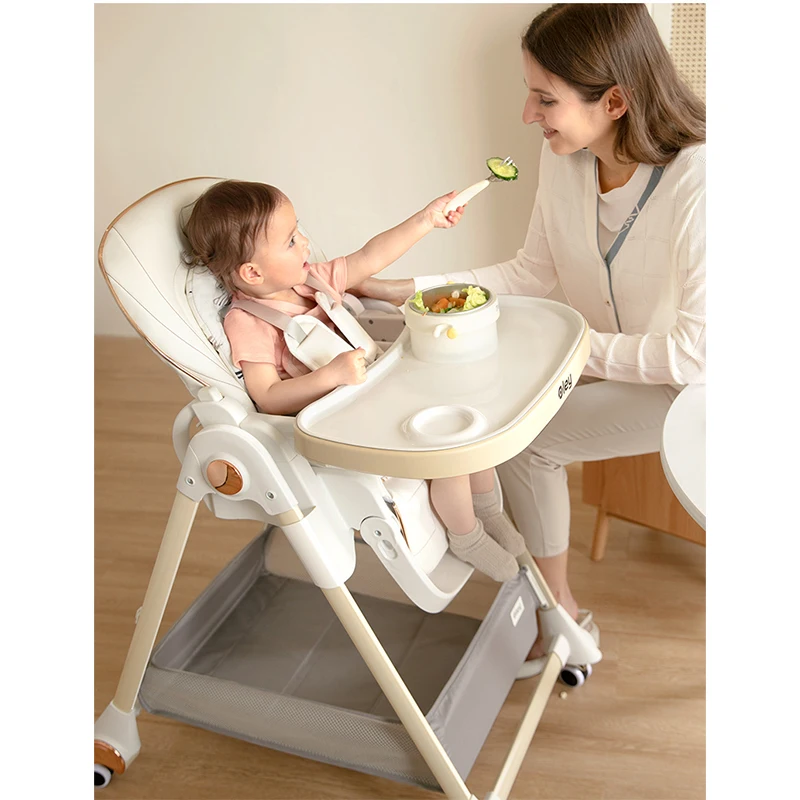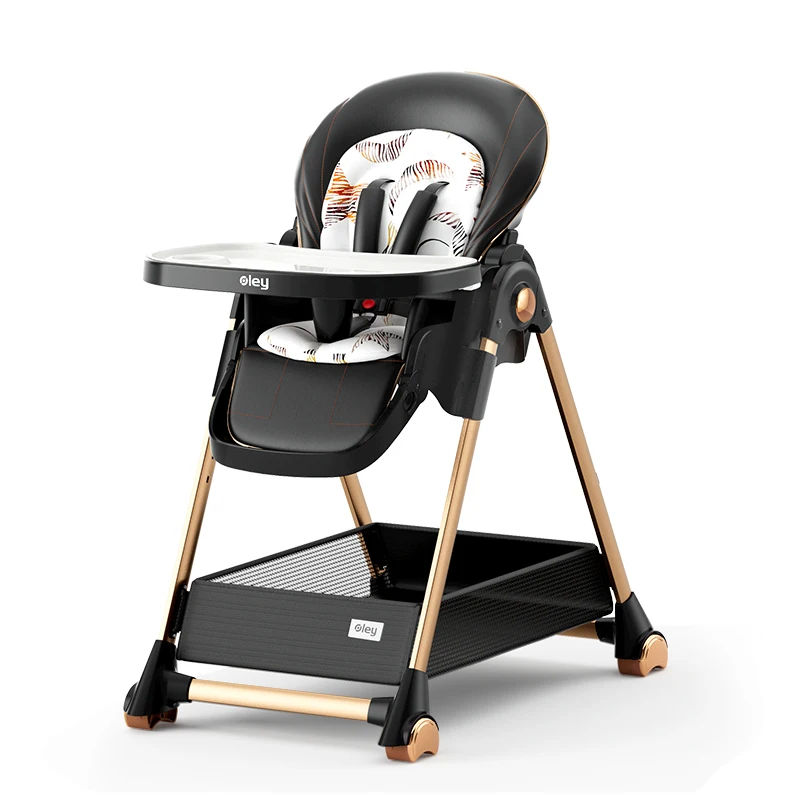As a parent, ensuring the safety and well-being of your child is a top priority. High chairs are essential for feeding your baby, but accidents can happen. If your baby falls out of a high chair, it can be a distressing experience. This guide provides essential steps to take immediately after the fall, as well as preventive measures and advice for long-term safety.
Understanding the Risks of High Chair Use
The Importance of Safety Features
High chairs are designed with safety in mind, incorporating features such as harnesses and adjustable heights. However, despite these safety features, falls can still occur. Babies are naturally curious and mobile, often leaning over the sides or trying to stand up, which increases the risk of falling. Understanding the inherent risks associated with high chair use is crucial for parents.
Common Causes of Falls
There are several reasons why a baby might fall out of a high chair. Poor harnessing is one of the leading causes; if the straps are not fastened correctly, the baby can easily slip out. Additionally, an unstable chair or one that is not placed on a level surface can contribute to falls. Understanding these common causes can help parents take proactive measures to prevent accidents.

Immediate Response to a Fall
Assessing Your Baby’s Condition
The first step after your baby falls out of the high chair is to assess their condition. Approach your child calmly and observe their behavior. Check for signs of injury, such as unusual crying, inability to move limbs, or visible bruising. Stay calm and comfort your baby, as your demeanor can influence their reaction.
Checking for Injuries
Once you have comforted your child, conduct a more thorough check for injuries. Look for any bumps or bruises, particularly on the head, neck, and back. If your baby is crying excessively or seems unusually lethargic, these could be signs of a more serious injury. In such cases, do not hesitate to seek medical attention.
When to Seek Medical Help
Signs That Require Immediate Attention
It is essential to know when to seek medical help after a fall. If your baby exhibits any of the following symptoms, it’s crucial to contact a healthcare professional immediately: persistent crying, difficulty waking up, vomiting, or any signs of a head injury. These symptoms could indicate a concussion or other serious injury, and prompt evaluation is vital.
Following Up with Your Pediatrician
Even if your baby appears fine after a fall, it’s a good idea to follow up with your pediatrician. They can conduct a comprehensive examination to ensure there are no hidden injuries. Keeping a record of the incident, including how the fall occurred and any symptoms, can be helpful during the visit.
Preventive Measures for High Chair Safety
Choosing the Right High Chair
When it comes to preventing falls, selecting the right high chair is crucial. Look for models that meet safety standards and have sturdy construction. A good high chair should have a wide base to prevent tipping and a five-point harness system to keep your baby securely in place. Always research the safety ratings of various high chairs before making a purchase.
Proper Use of Safety Harnesses
One of the most effective ways to prevent falls is by using the high chair’s safety harness correctly. Ensure that the straps are snug but not overly tight, and always buckle your baby in, even if you are just stepping away for a moment. Regularly check the harness for any signs of wear or damage, and replace it if necessary.

Creating a Safe Feeding Environment
Setting Up the High Chair
The environment where you place the high chair can significantly affect safety. Always place the chair on a flat, stable surface, away from edges or stairs. Avoid using the high chair on soft surfaces like beds or couches, which can increase the risk of tipping over. Additionally, make sure there are no other items nearby that your baby can reach and pull down, as this can lead to accidents.
Supervision During Mealtime
Supervision is key when your baby is in a high chair. Always keep a close eye on them while they eat. If you need to step away for any reason, take your baby with you or wait until they are finished. Avoid distractions, such as phones or TV, during mealtime, as these can divert your attention and increase the risk of accidents.
Teaching Safe Behavior Over Time
Encouraging Safe Practices
As your child grows, it’s important to instill safe behaviors related to high chair use. Teach your child that the high chair is a place for eating and not for playing or standing up. Reinforce this message consistently, and use positive reinforcement when they follow safety rules.
Transitioning to a Booster Seat
Once your child outgrows the high chair, consider transitioning them to a booster seat. Booster seats provide a safe alternative but come with their own set of safety guidelines. Ensure the booster seat is secured to the chair and that your child is properly buckled in.
Learning from the Experience
Reflecting on the Incident
After an accident, take some time to reflect on what happened and how you can prevent similar incidents in the future. Discuss the fall with your partner or another caregiver, and brainstorm ways to enhance safety. Learning from the experience can help you feel more confident and prepared moving forward.
Building a Support System
Sometimes, sharing experiences with other parents can provide valuable insights. Join parenting groups or online forums where you can discuss safety tips and learn from others’ experiences. Building a support system can help you feel less alone in navigating the challenges of parenting.
Long-Term Safety Habits
Regular Safety Checks
Incorporating regular safety checks into your routine can help ensure that your high chair remains a safe place for your baby. Periodically inspect the chair for any signs of wear or damage, and test the harness to ensure it is functioning correctly. Establishing this habit can prevent issues before they arise.
Educating Caregivers
If your child is cared for by others, such as grandparents or babysitters, make sure they are educated about high chair safety. Share the same guidelines and safety practices you follow to ensure consistency. Providing written instructions can also serve as a helpful reminder for caregivers.

Emotional Impact on Parents
Dealing with Guilt and Anxiety
Experiencing a fall can leave parents feeling guilty or anxious. It’s important to remember that accidents happen, and it does not reflect your capabilities as a parent. Allow yourself to process these feelings and talk about them with trusted friends or family. Acknowledging your emotions can help you move forward positively.
Building Resilience
Resilience is essential for parenting, especially after an accident. Focus on the steps you can take to prevent future incidents and reinforce your child’s safety. Each challenge you face can be an opportunity for growth, both for you and your child.
Conclusion: Ensuring Safety and Confidence
High chair safety is an essential aspect of parenting that requires vigilance and preparation. Understanding how to respond immediately after a fall, as well as implementing preventive measures, can greatly reduce the risk of accidents. By choosing the right high chair, properly using safety features, and fostering a safe feeding environment, parents can help ensure their child’s safety while promoting healthy eating habits.
With these guidelines, you can navigate the challenges of high chair use with confidence, knowing that you are taking proactive steps to protect your child. Remember, parenting is a learning journey, and every experience is an opportunity to grow. Stay informed, stay vigilant, and enjoy those precious mealtime moments with your little one.
